| Structure | Name/CAS No. | Articles |
|---|---|---|
 |
Cyclosporin A
CAS:59865-13-3 |
|
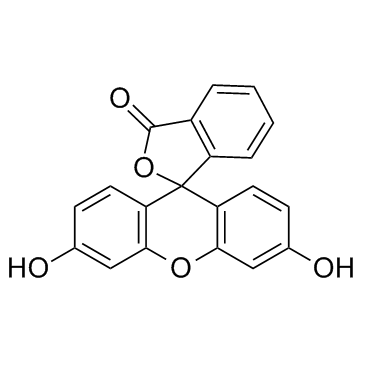 |
Fluorescein
CAS:2321-07-5 |
|
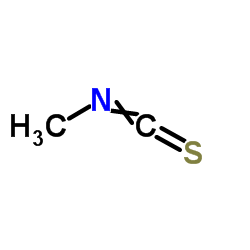 |
Methyl isothiocyanate
CAS:556-61-6 |
|
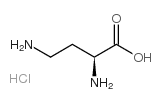 |
H-Dab.HCl
CAS:1482-98-0 |
|
 |
Retinoic acid
CAS:302-79-4 |
|
 |
Geneticin
CAS:108321-42-2 |
|
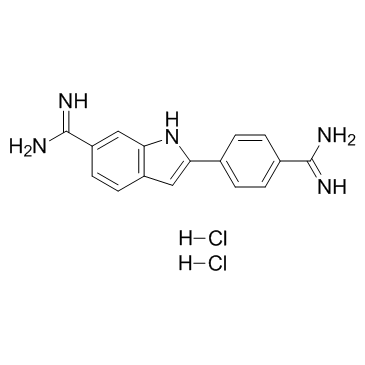 |
4',6-Diamidino-2-phenylindole dihydrochloride
CAS:28718-90-3 |
|
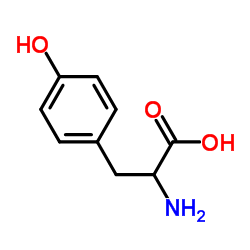 |
DL-Tyrosine
CAS:556-03-6 |
|
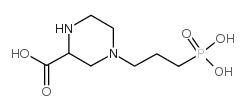 |
(+/-)-2-HYDROXYTRIDECANOICACID
CAS:100828-16-8 |
|
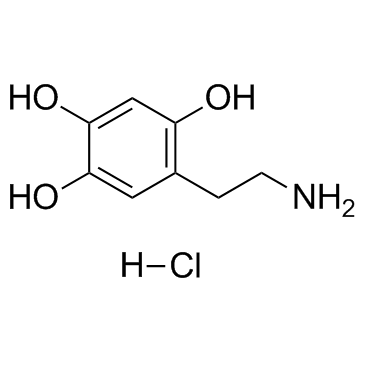 |
Oxidopamine hydrochloride
CAS:28094-15-7 |